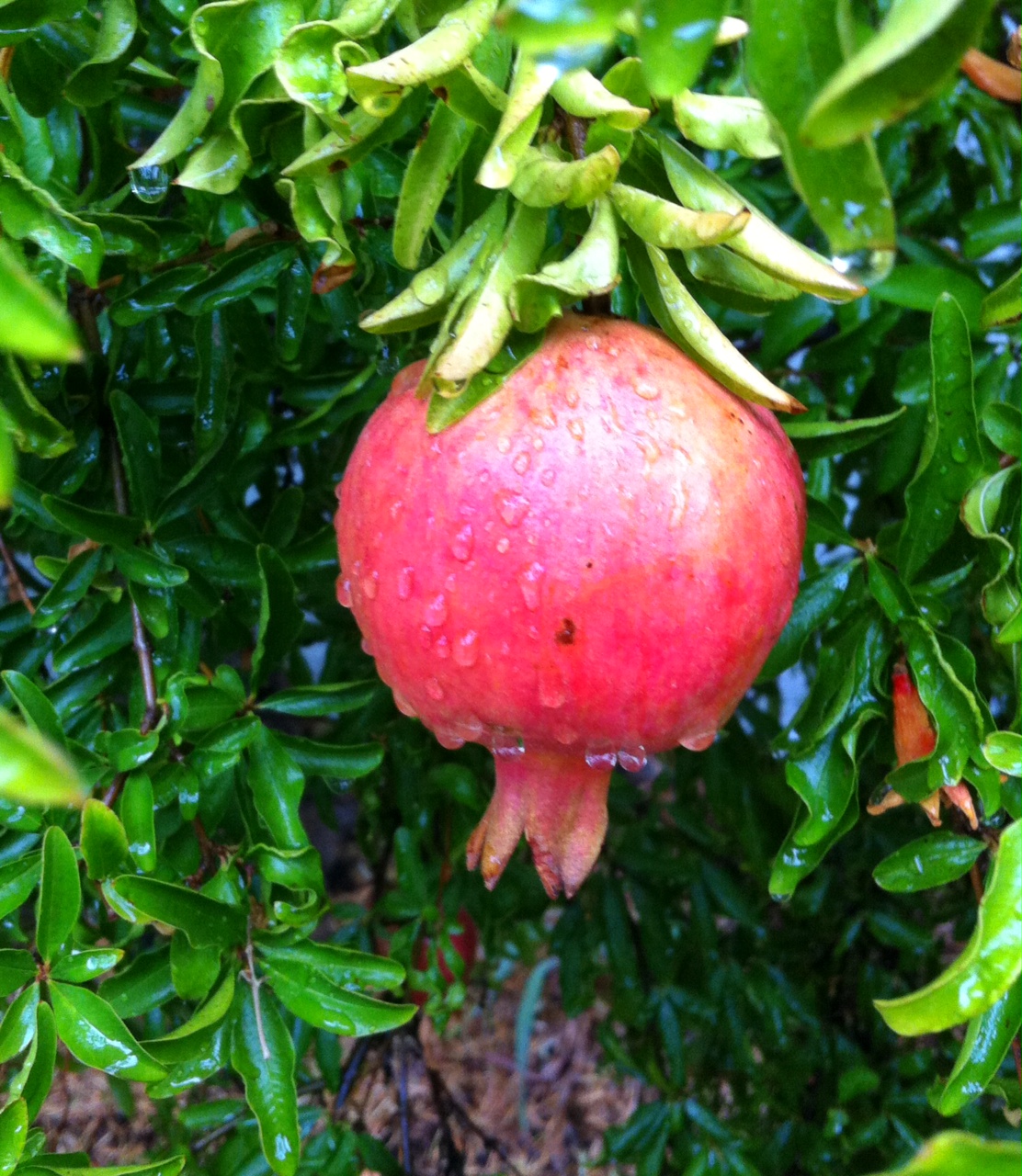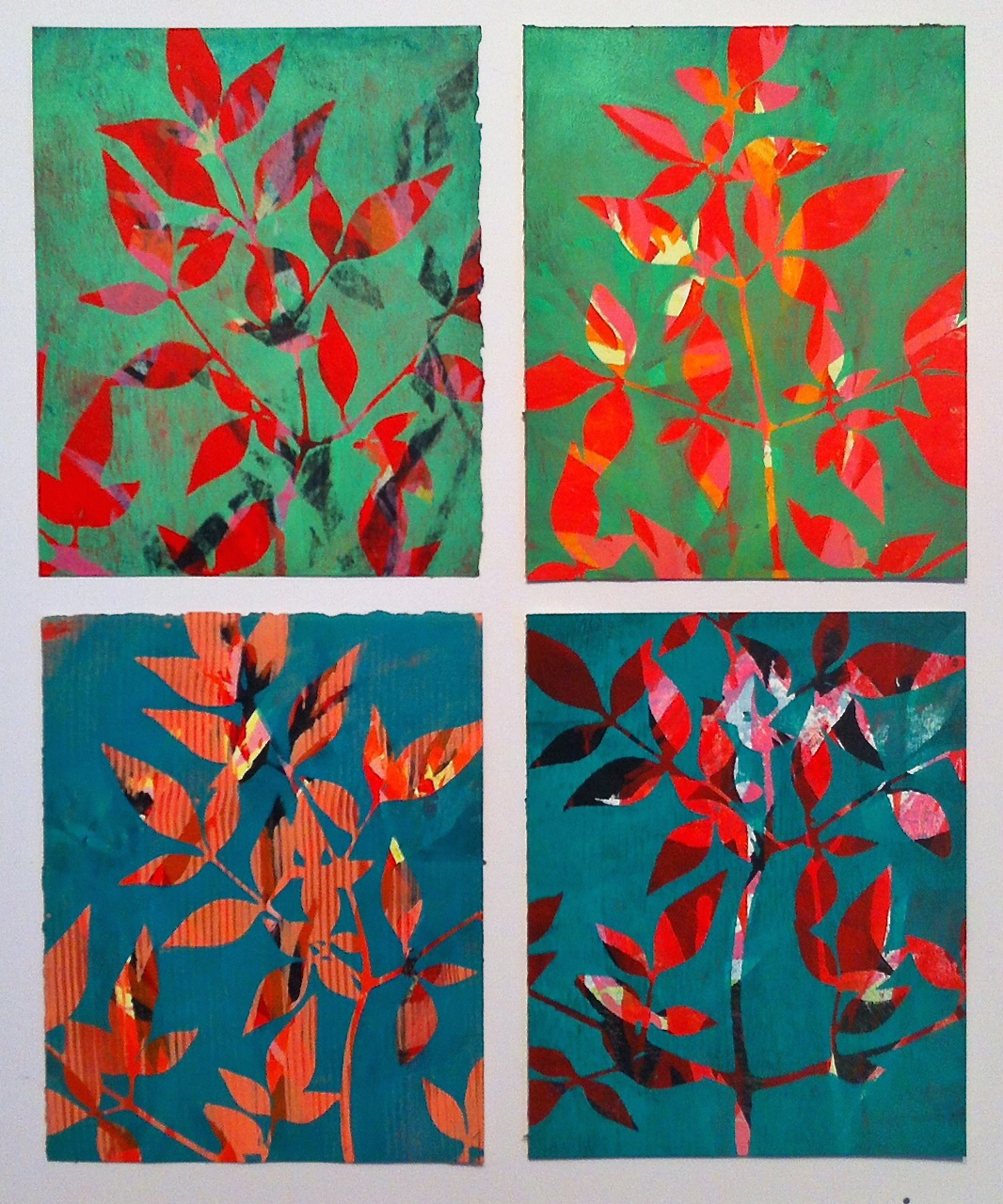 This week marks the beginning of the Jewish New Year, Rosh Hashanah, or "the head of the new year," an important holiday on the Jewish calendar. It's the third day of the High Holidays (or High Holy Days), a ten-day period that ends with Yom Kippur—the holiest day of the Jewish year.
This week marks the beginning of the Jewish New Year, Rosh Hashanah, or "the head of the new year," an important holiday on the Jewish calendar. It's the third day of the High Holidays (or High Holy Days), a ten-day period that ends with Yom Kippur—the holiest day of the Jewish year.
A time of reflection, we look back on the events of the past year, and our actions. Have we harmed anyone or anything? It's time to make amends, to forgive and to ask forgiveness. We remind ourselves, in a gentle way, not to repeat those mistakes.
It's also a time to open our hearts, to grow, even when the opening and growing is a bit tough. What an amazing thing; this holiday that aims to make us bigger hearted people!
In that spirit, I share this poem/prayer by Rabbi Ariel Levy.
As we stand on the edge of this New Year -- readying ourselves to cross over to what will be -- may strength and inspiration rise up within and around us. May the skies inspire a vast perspective that opens us to new possibilities. May the fires of devotion turn us toward each other with love. May the waters remind us that all things change and we are part of the continued unfolding. And may the earth shine its beauty encouraging our gratitude and dignity. Each of us is here for our short time. May we live well what we love, offering our gifts and blessings for the well-being of all. May this year show us the way to live in harmony and peace with each other and all the earth. And may we help each other believe that this is indeed possible.



